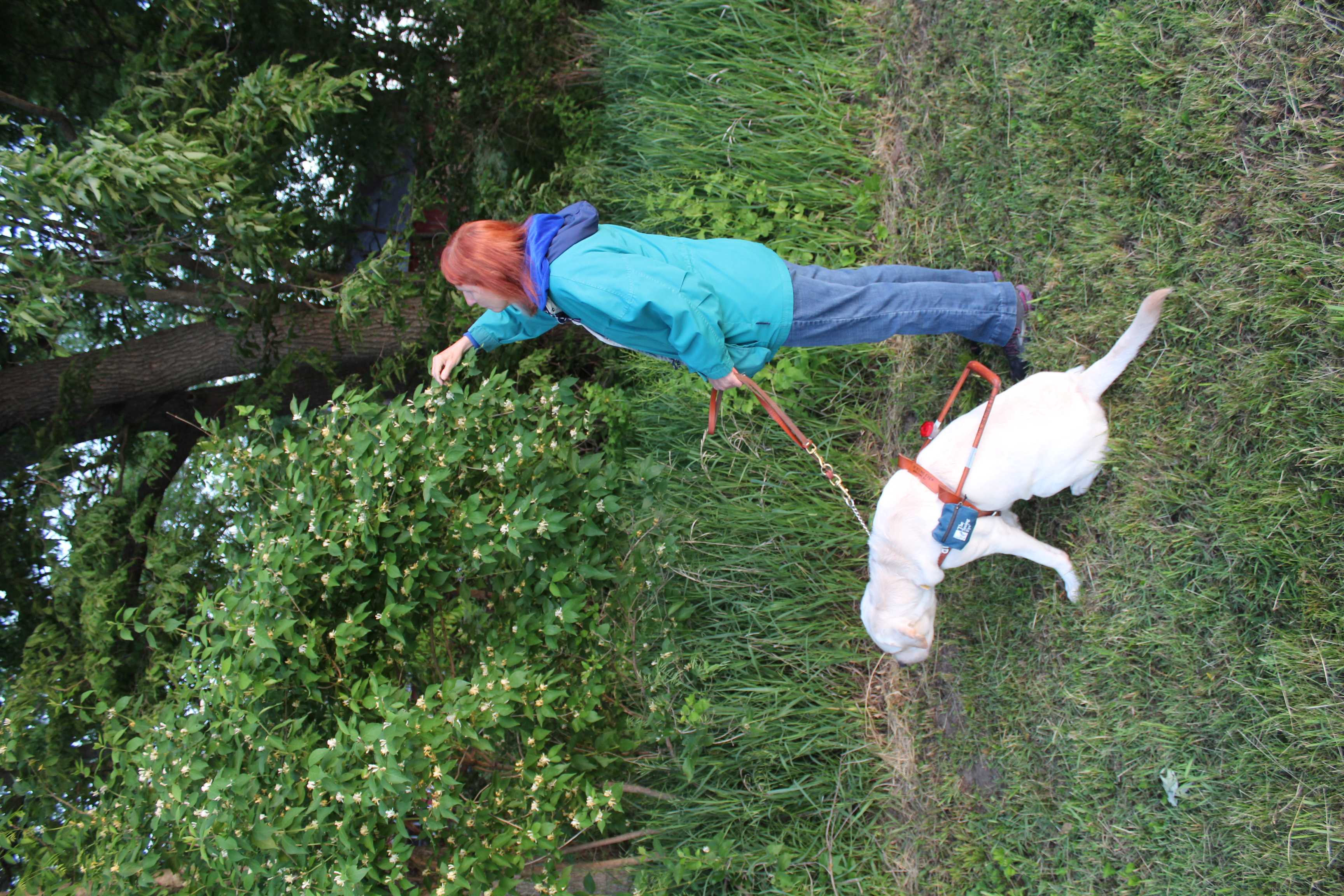When I was growing up, my mother maintained a little garden in a sheltered spot on the north side of the house. She said the former resident used to dump their ashes there, which made it very fertile now. At any rate, she planted some flowers there, including two varieties I thought were magical. One was lilies of the valley with their tiny and oh-so-good-smelling white flowers. The other was honeysuckle, another treat for the nose.
I haven’t found any lily of the valley on Owl Acres, although there’s lots more to explore. I have, however, found an abundance of honeysuckle. It’s growing in patches among the trees. It’s growing in the fence rows. It’s growing beside the barn. Wherever we’re not mowing, it’s growing.
The honeysuckle my mother had may well have been one of the native species of the plant. What I’m finding, though, was imported from east Asia in the 1800s as a garden plant. It is named for the Amur River. The Amur River is the old name for the 10th longest river in the world (1755 miles long). Today the Chinese call it (Heilong Jiang) meaning Black Dragon River, and the Russians call it the Amur. It forms the border between the far east of Russia and inner Manchuria in northeast China. Like so many other ornamentals turned invasives, the amur honeysuckle has escaped its 19th-century gardens and invaded Owl Acres.
It grows like a bush and can get up to 20 feet tall with many branching stems. In the spring it sends out those sweet-smelling tubular flowers that start out white but turn to cream-colored throughout the two to three weeks of their flowering. In the fall, it produces clusters of small red berries. The berries are beautiful and tempting, but as they are said to cause severe diarrhea in humans, I’ll leave them all for the birds. Each berry has two or three seeds inside, and after the bird is finished with it, these seeds are dropped far and wide, helping the plants to spread. As they grow, they tend to crowd out other native plants at the edges of woodlands and can take over a garden in no time. That said, these honeysuckle plants have been adopted as homes and food for a large variety of native and nonnative inhabitants of my fencerows. Birds like cardinals, robins, catbirds, and redwing blackbirds eat the berries. Bees, hawkmoths and hummingbirds sip the nectar, and various insects live on its leaves and stems. White-tailed deer may stop by for a snack, and birds will use the plant as nesting sites. So they’re very busy supporting native wildlife.
